FORT MONROE, Va., Feb. 28, 2011 -- Soldiers will be better prepared if they train how they would fight. This innovative physical readiness training philosophy, implemented by the U.S. Army Training and Doctrine Command, has driven the U.S. Army Physical Fitness School to revise not only how the Army conducts physical training, but also how it will evaluate a Soldier's physical capability.
WHY CHANGE'
Since 1980, the U.S. Army has assessed physical aptitude through the Army Physical Fitness Test, or APFT. Commonly known as the "PT Test," Soldiers are required to complete three events: two-minutes of push-ups, two-minutes of sit-ups, and a two-mile run.
"Today's PT test does not adequately measure components of strength, endurance, or mobility. The events have a low correlation to the performance of warrior tasks and battle drills and are not strong predictors of successful physical performance on the battlefield or in full spectrum operations," said Lt. Gen. Mark P. Hertling, TRADOC's deputy commanding general for Initial Military Training, who holds a master's degree in exercise physiology.
As TRADOC's lead for the test review, Hertling collaborated with a 16-member team headed by Frank Palkoska, director of the U.S. Army Physical Fitness School, resulting in a recommendation to the Army for not just one, but two revised PT tests.
"The goal is to align the training and the tests with tasks that Soldiers have to perform on the battlefield so that the commander has a better tool to measure preparedness and can guide training for the unit," said Palkoska.
WHAT WILL THEY LOOK LIKE'
The proposed tests, the Army Physical Readiness Test, or APRT, and the Army Combat Readiness Test, known as the ACRT, align with Army Physical Readiness Training outlined in Training Circular 3-22.20, which was implemented Army-wide last August providing exercises, drills and activities appropriate for various levels of physical fitness.
The APRT, designed to replace the current APFT, expands from three to five events, eliminates sit-ups, increases the pace of push-ups, and replaces the long-distance run with shorter-faster runs. The five events include: 60-yard shuttle run, one-minute rower (exercise outlined in TC 3.22-20), standing long-jump, one-minute push-up, 1.5 mile run.
These events will more accurately test a Soldiers anaerobic and aerobic endurance while reducing the risk of injuries. The current test also only provides a "snapshot" assessment of upper and lower-body muscular endurance and fails to identify anaerobic capacity, said Hertling.
In order to better assess anaerobic capacity that drive high-intensity bursts of energy, the run will be changed to 1.5 miles.
"Soldiers will tend to run faster, testing the anaerobic energy system in their body," said Hertling of the 1.5 miles. The shorter-faster run, requiring a significant burst of energy, will better prepare Soldiers for the intensity of today's battlefield, he said.
To better assess muscular endurance, the one-minute rower and push-up events will not allow Soldiers to pause and rest. This will require non-stop muscle movement that will demonstrate immediate muscle fatigue and failure.
TRADOC is also recommending Soldiers take the ACRT, which incorporates warrior tasks and provides a more accurate assessment of the physical readiness training program and the Soldier's individual capability. The ACRT will be executed in the Army Combat Uniform, Advanced Combat Helmet, and weapon, and includes a 400-meter run, hurdles, a high crawl, casualty drag, sprints, and several other movement drills.
The ACRT is designed to not only correlate with readiness training, but also to provide a more accurate picture of a Soldier's ability to perform Warrior Tasks and Battle Drills. The test incorporates several exercises and drills from the physical readiness training circular and provides a testing environment similar to that on the battlefield.
"Previously, we primarily trained for the assessment," said Palkoska. Now our training will drive the test, not the other way around, he said.
WHEN WILL THIS HAPPEN'
The Army will begin pilot testing at approximately eight locations with multiple units in order to set standards. The pilot currently plans to align age categories for the test scores with the American College of Sports Medicine and Cooper Institute, broadening age categories to under 30, 30-39, 40-49, 50-59, and 60 and above, for both genders.
Following the establishment of standards and a thorough review, likely lasting through the summer, the tests can then be approved for Army-wide execution. Implementing the new tests is the final step in the Soldier Athlete initiative to better prepare Soldiers for strenuous training and the challenges of full-spectrum operations.
Related Links:
Video: Lt. Gen. Hertling on the revised Army Physical Fitness Test
STAND-TO!: Soldier Athlete Initiative
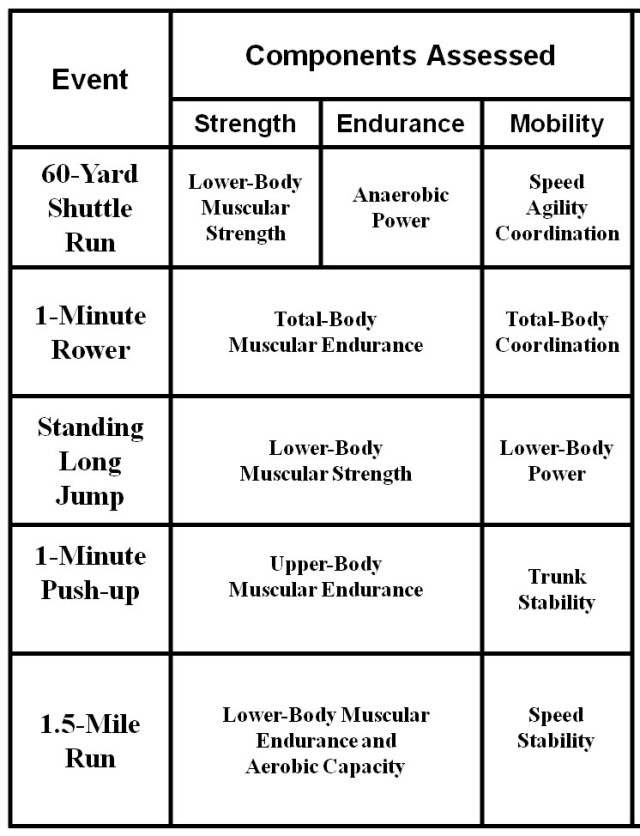
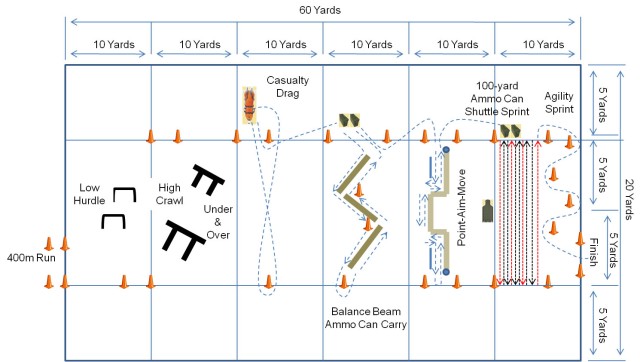
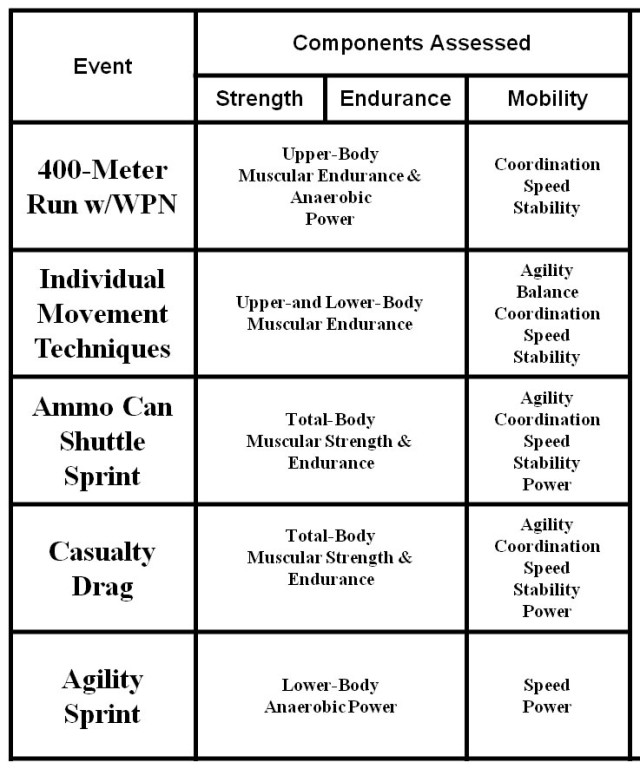
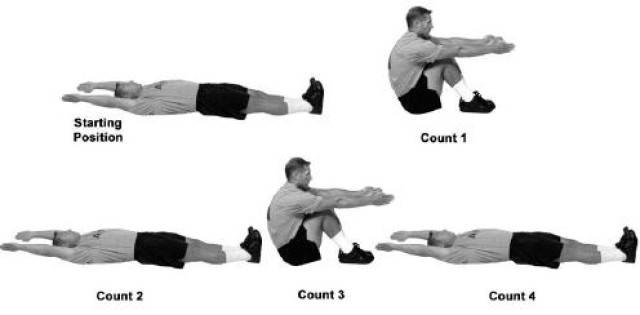

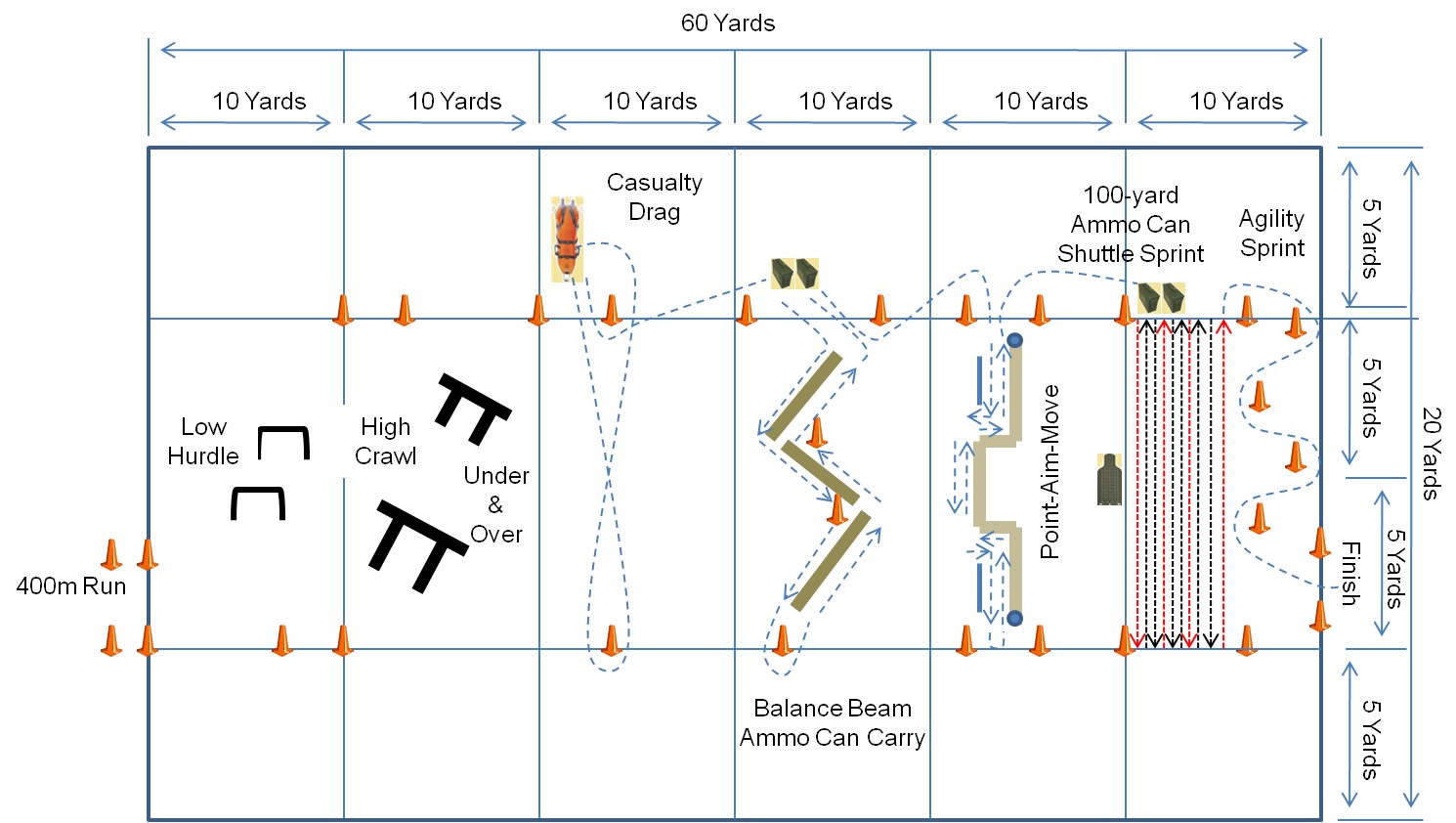
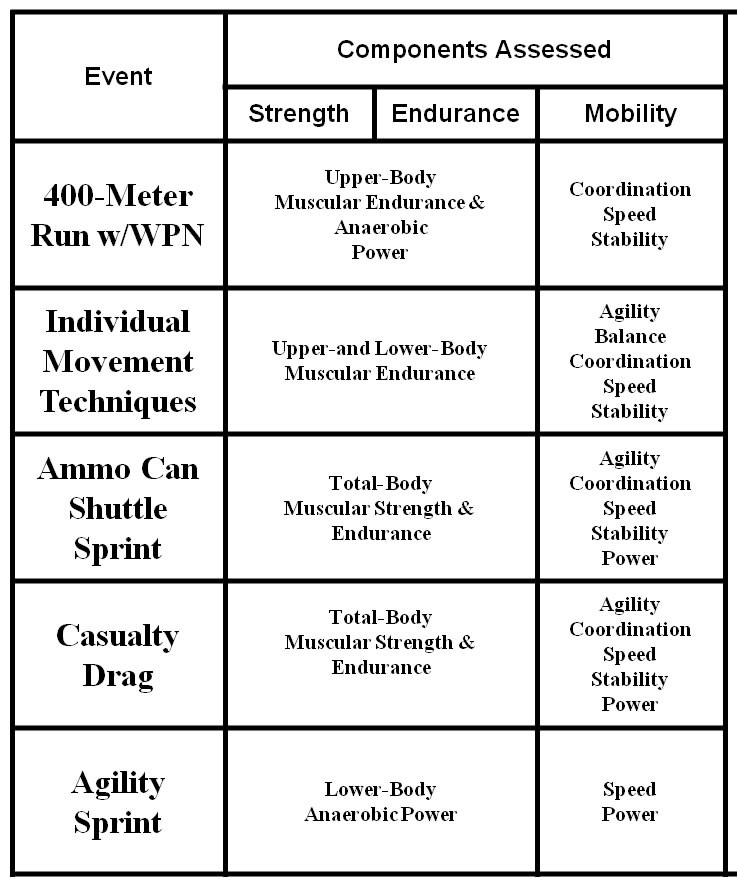

Social Sharing